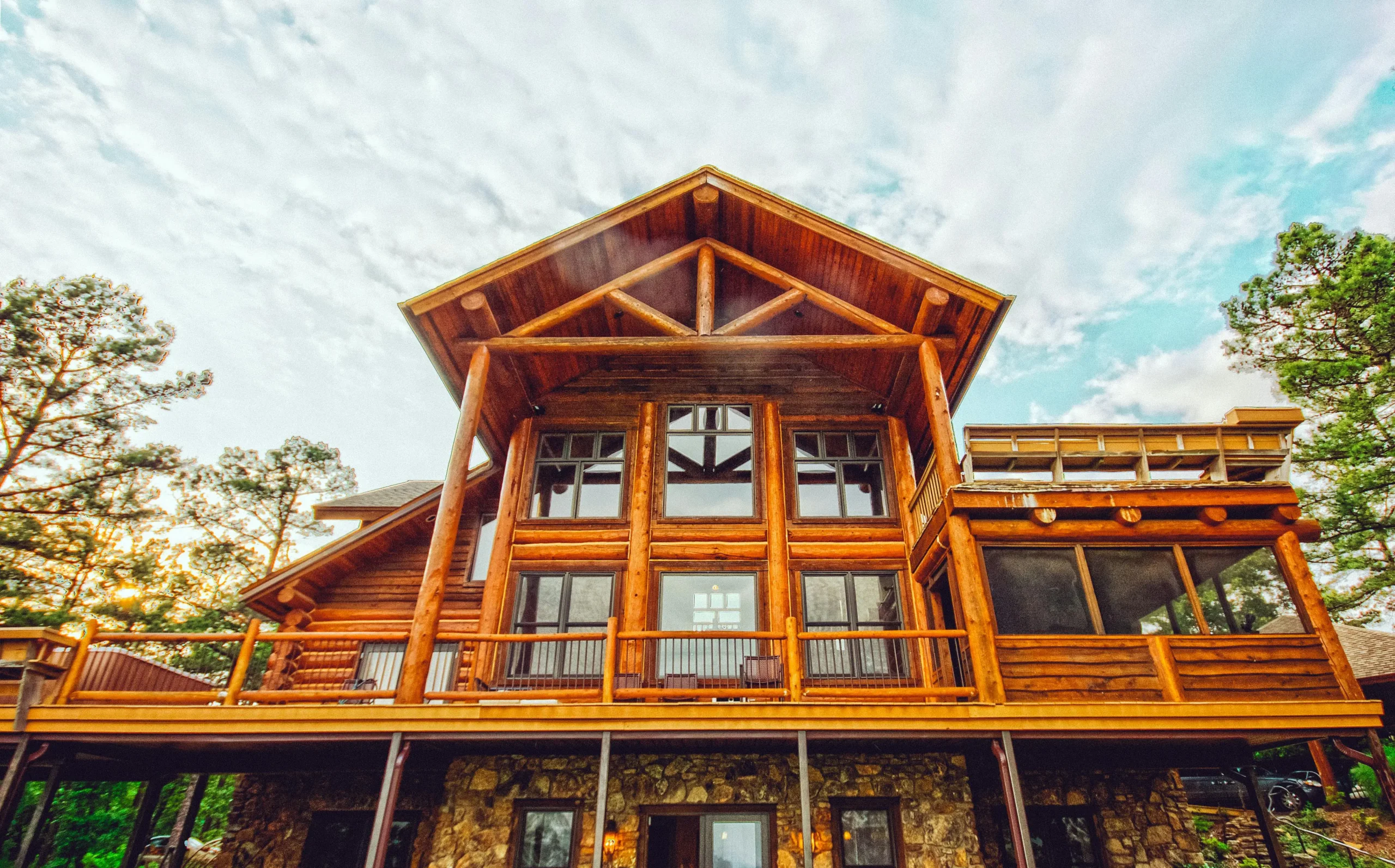In the modern market for homes and commercial buildings, new options are emerging with every passing year. Whether it’s tiny homes, advanced materials or the persistent complexities of attaching necessary utilities to a building, innovations are always coming on to the market. However, some innovations are quite old. An increasing number of builders are taking a page from the pioneer methodologies of days long past and begun constructing log cabins as was done over a century ago. While this method never actually disappeared, it did fall out of favor with builders around seventy years ago, particularly after prefabricated housing became the hot trend in building.
Over the past two decades or so, however, log cabins are being rediscovered by builders and buyers looking for a unique building that does not follow the rules of prefabricated housing and instead blazes its trail. Given as each log cabin is unique, whether it’s a restored vintage log cabin that has stood for several decades or a newly constructed log cabin, the appeal of having a home that wasn’t built as a cookie cutter suburb or tightly packed apartment space is becoming a hot property among builders and buyers who want to buck the trends that have made up the modern housing market since the dawn of suburbia.
However, these buildings come with a lot of complications. Being mostly wood, there are some problems log cabin owners must contend with. Dealing with rotting logs is a sad but true difficulty for the average log cabin owner, particularly in the Pacific Northwest where these cabins are becoming the biggest trend among technology industry elite of the region who none the less feel refreshed after spending time in the woods closer to nature. One such problem that also draws a large amount of attention from log cabin owners is the matter of blasting and sanding their logs to create an exterior and interior that is smooth and clean for both appearance and practical purposes.
Blasting a log cabin is something of a complicated matter that will vary from log cabin to log cabin. Sandblasting is uncommon, though for sure log cabins it is advisable to use a sand blasting system to clean and smooth out and in some ways purge the molds and mildews that eat the logs. Pressure washing is another standard method, but many log cabin owners may be reluctant to use this method for fear of encouraging rot on the wood by dousing it with water. In actuality, on hard logs that are sound and have no rot on them, the water is only introduced to the topmost fibers of the wood, meaning that at worst there will be some blemishes that can easily be mended by staining or sanding. Another potential option is cob blasting, an unusual but sometimes very useful method of blasting a log cabin. In this approach, a sandblaster is used to spit out ground up corn cob. Because each log cabin is different, it is a good idea to consult contractors to find out which method works best for your log cabin.
Sanding a log cabin creates a smooth finish when stained. However, sanding an entire log cabin, even with advanced tools like angle grinders, planer Sanders, and orbital sanders, can take a very long time. Other, faster methods of quickly sanding an entire log cabin are available, but these are the province of contractors who specialize in log cabins. Additionally, most log cabin experts swear by the results of mechanical and methodical sanding of a log cabin.
